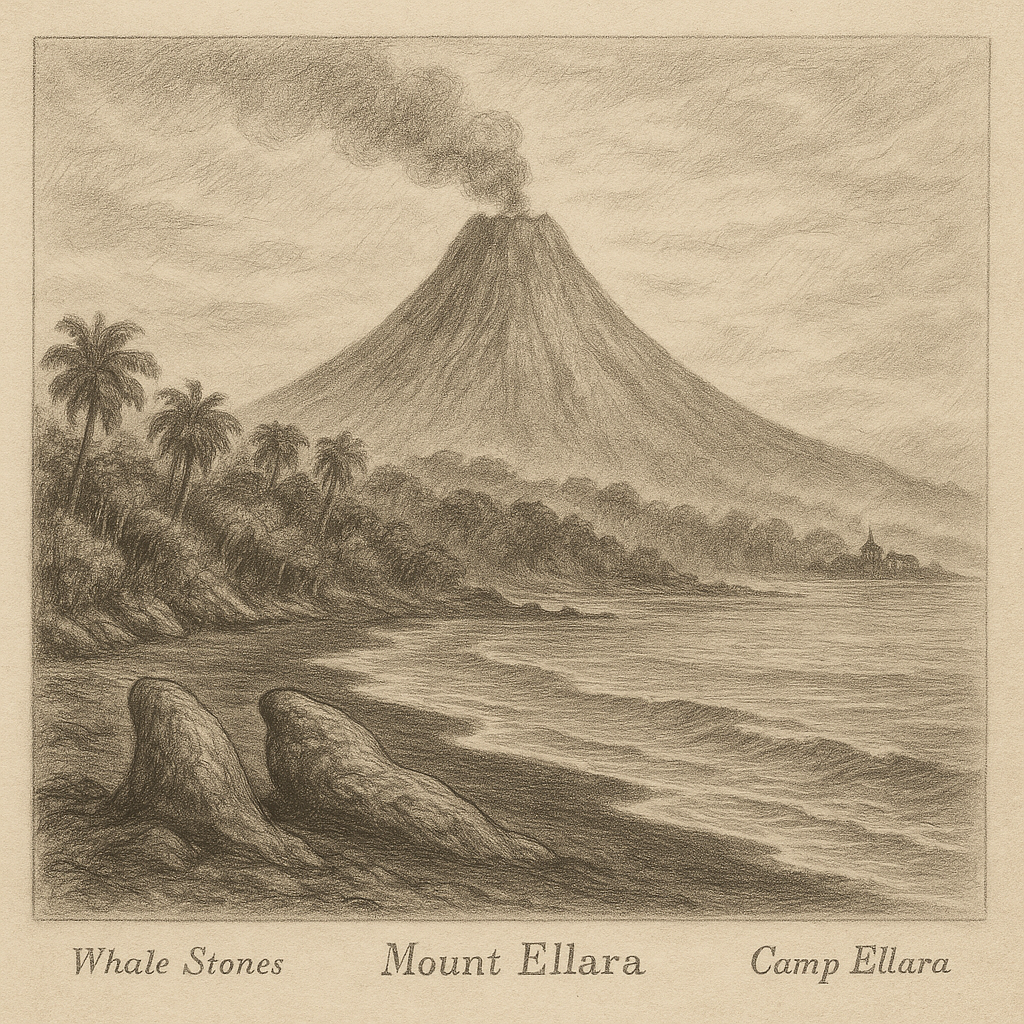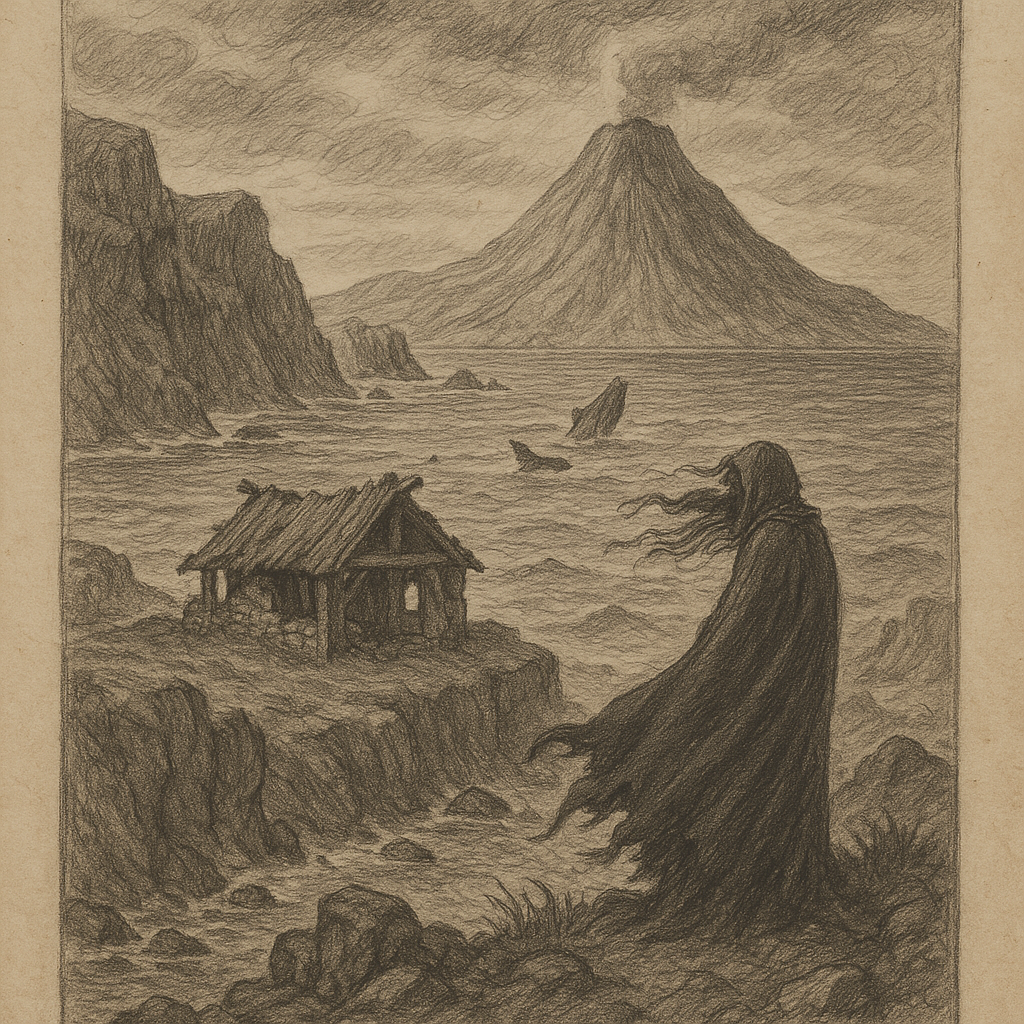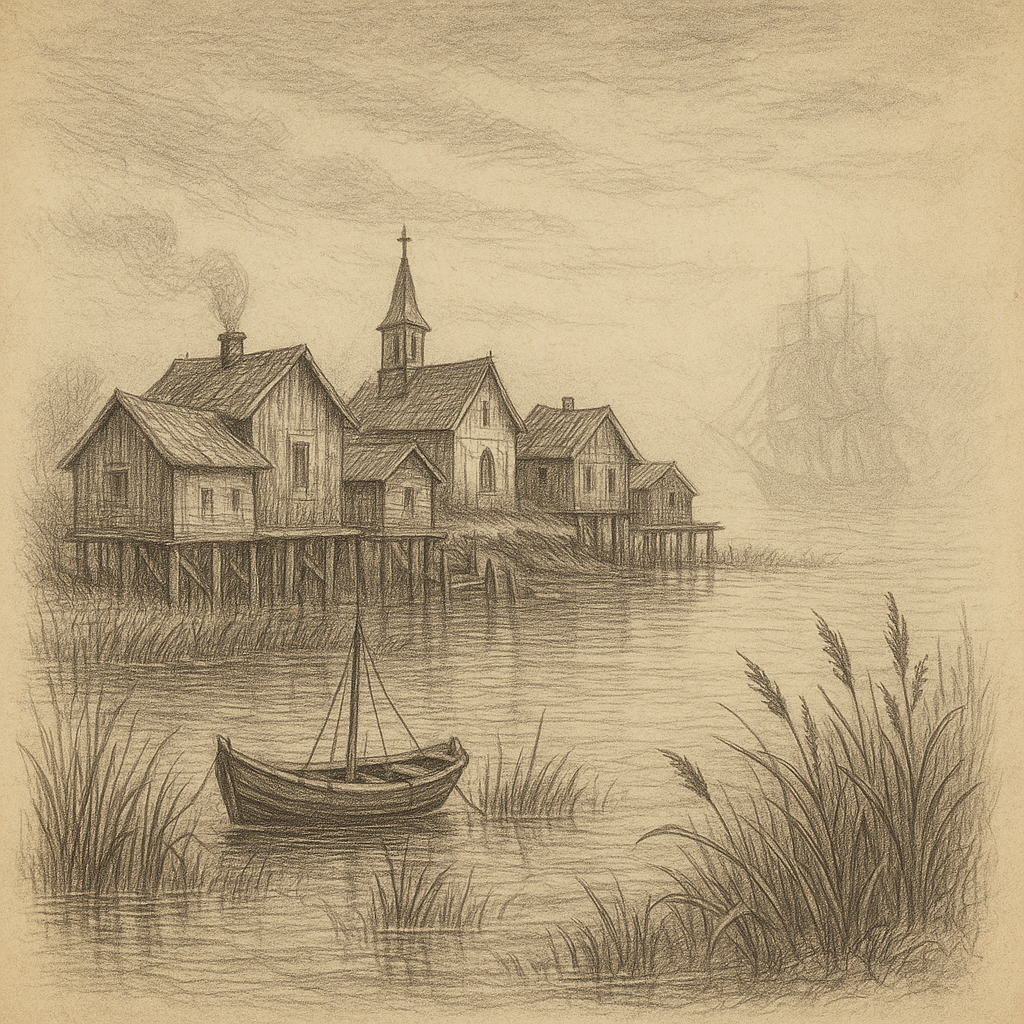Pedro Island: A Hidden Gem in the Remote Atlantic
Pedro Island, locally known as Cayo Pedro, is a small, desolate landmass situated in the western Caribbean Sea, off the southern coast of Jamaica. This tiny, isolated island might be overlooked on most maps, but its enigmatic allure, rich biodiversity, and cultural whispers of folklore have made it a source of fascination among adventurers, historians, and nature enthusiasts.
Geographic Location and Physical Features
Pedro Island is part of the Pedro Cays archipelago, a group of four islands in the Caribbean Sea located approximately 80 kilometers (50 miles) south of the Jamaican mainland. The island itself is relatively small, spanning just under two square kilometers. It lies on a submerged bank known as the Pedro Bank, one of the most significant maritime features of the region, encompassing nearly 8,000 square kilometers of ocean shelf.
The terrain is mostly flat, punctuated by a few ancient coral outcrops that hint at the island’s geological origins. It is composed largely of limestone and coral, giving it a rugged foundation. The plants on Pedro Island are low-lying and drought-resistant due to the scarcity of freshwater, and sandy beaches wrap around much of the island’s perimeter, while shallow lagoons lie close to shore.
Geological Origin and Environmental Importance
Pedro Island rests on the Pedro Bank, which was formed millions of years ago through the accumulation of coral limestone, shaped by tectonic uplift and erosion. The entire area is highly ecologically significant due to its status as one of Jamaica’s major fishing grounds and a sanctuary for marine life.
Surrounded by warm, nutrient-rich waters, Pedro Island and its adjacent reefs boast a diverse spectrum of marine biodiversity. This includes numerous coral species, sea turtles, nurse sharks, barracudas, and several types of grouper and snapper. The reefs are vital not just to local ecosystems but also to the livelihoods of fishermen who depend on the health of this marine environment.
Pedro Island is also a critical nesting site for seabirds, such as the brown noddy and magnificent frigatebird. Conservationists have increasingly turned their attention to the island due to its ecological vulnerabilities and the need to protect its rich but fragile habitats.
Climate Conditions
Pedro Island experiences a tropical maritime climate, with warm temperatures year-round and seasonal rainfall. The dry season typically spans from December to April, while the rainy season occurs from May to November. Cyclones and tropical storms occasionally sweep through the area during hurricane season, affecting both the natural environment and the sparse human infrastructure present on the island.
Humidity is usually high, and freshwater is extremely limited. Rainwater collection and occasional drops from the mainland provide the only reliable sources of potable water for those few who temporarily inhabit or research the island.
Human Activity and Accessibility
While technically uninhabited, Pedro Island does see intermittent human presence. Local Jamaican fishermen stay for days or weeks at a time in makeshift huts, targeting the surrounding rich waters for fish and lobster. Additionally, scientific and governmental personnel occasionally visit to conduct environmental assessments or enforce fisheries regulations.
Despite its proximity to Jamaica, access to Pedro Island is highly restricted. Boats must brave rough currents and unpredictable weather, and landing safely is often hindered by reefs and shallow waters surrounding the island. Any visitation requires explicit permission from Jamaican authorities, particularly the National Environment and Planning Agency (NEPA) or the Coast Guard.
Interesting Facts about Pedro Island
Pedro Island is a treasure trove of unique features and historical curiosities. Here are a few highlights:
– Pedro Bank has been identified as one of the Caribbean’s largest and most productive fishing grounds.
– The island once hosted a lighthouse, though it has long since deteriorated; its ruins provide an eerie historical marker amid the natural scenery.
– In recent years, Pedro Island has drawn attention from marine biologists studying coral bleaching and reef resilience in a changing climate.
– The island’s waters are home to at least three species of endangered sea turtles, which use the beaches as nesting sites.
– Researchers have discovered ancient tools on the island, possibly left behind by indigenous peoples or early colonial explorers.
These features make Pedro Island an important site for ecological research, cultural studies, and conservation efforts.
Legends and Stories of Pedro Island
Pedro Island is not just a geographic and ecological marvel—it’s also wrapped in legends passed down through generations. Fishermen tell stories of the “Phantom Fisherman,” a ghostly figure said to row silently through the nearby shallows on misty nights. According to lore, this spectral captain appears to those who have ignored traditional fishing taboos or disrespected the spirits of the sea.
Another tale recounts the story of a hidden pirate treasure believed to be buried beneath one of the northern dune formations. Local whispers claim that in the 17th century, a desperate crew fleeing both the British Navy and fellow pirates stashed their plunder on Pedro Island, leaving behind a cryptic stone map carved in coral. While no such treasure has been confirmed, occasional expeditions have scoured the island with metal detectors and shovels, hoping to strike gold.
Moreover, it’s said that glowing lights have been seen hovering above the island waters—phenomena attributed either to bioluminescent algae or more supernatural origins, depending on one’s beliefs.
Conservation and Challenges
Due to the island’s environmental sensitivity and strategic maritime location, conservation efforts have intensified over the past decade. Overfishing, illegal harvesting of lobster and conch, and damaging reef practices such as anchoring have pushed Pedro Island into the spotlight for marine protection.
To preserve this fragile ecosystem, Jamaican authorities have enforced stricter controls on access and established limited no-take zones. Partnerships with international environmental organizations aim to monitor coral health, restore damaged reefs, and educate fishermen on sustainable harvesting techniques.
Despite these measures, the island remains vulnerable to climate change, especially rising sea levels, stronger hurricanes, and ocean acidification. Efforts continue to ensure that Pedro Island, with all its mystery and ecological value, is preserved for future generations.
Conclusion
Pedro Island may be small and largely uninhabited, but it holds immense ecological, historical, and mythical significance. Isolated in the wide Caribbean Sea, it remains a symbol of nature’s resilience, human curiosity, and the centuries-old interplay between land, sea, and story. Though difficult to reach and rarely visited, Pedro Island continues to captivate those who learn of its existence, promising both scientific revelations and the enduring allure of island legendry.



